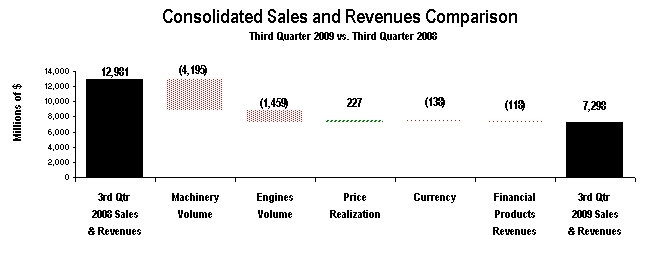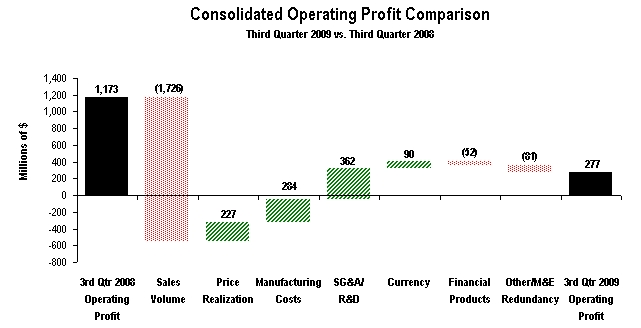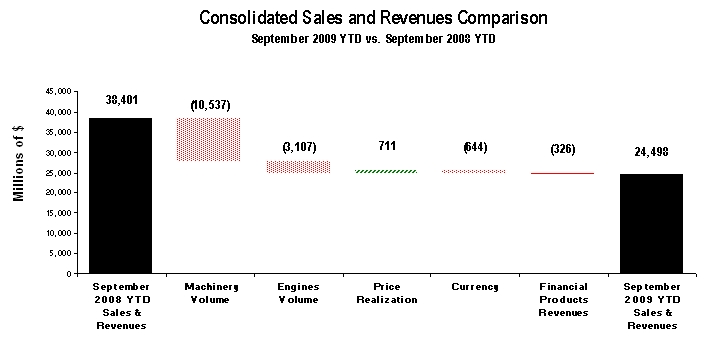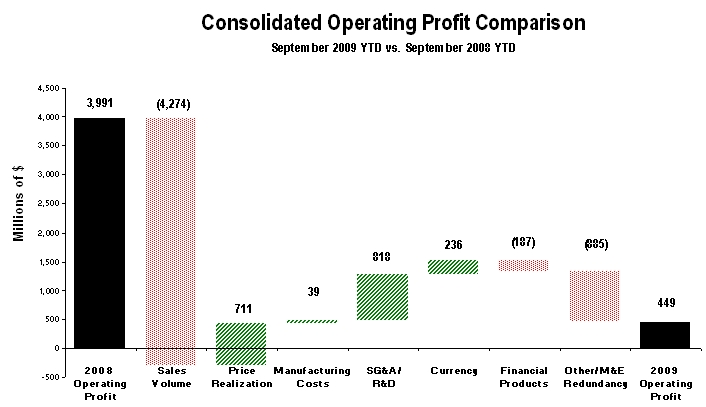The statements in this section describe the most significant risks to our business and should be considered carefully in conjunction with "Management's Discussion and Analysis of Financial Condition and Results of Operations" and "Notes to Consolidated Financial Statements" of this Form 10-Q. In addition, these statements constitute our cautionary statements under the Private Securities Litigation Reform Act of 1995. The discussion and analysis in this Form 10-Q is forward-looking and involves uncertainties that could significantly impact results. From time to time, we also provide forward-looking statements in other materials we issue to the public or in the form of oral presentation to the public. Forward-looking statements give current expectations or forecasts of future events about the company. You can identify these statements by the fact they do not relate to historical or current facts and by the use of words such as "believe," "expect," "estimate," "anticipate," "will be," "should," "plan," "project," "intend," "could," and similar words or expressions that identify forward-looking statements made on behalf of Caterpillar.
In particular, these forward-looking statements include statements relating to future actions, prospective products, products' approvals, future performance or results of current and anticipated products, sales efforts, expenses, interest rates, foreign exchange rates, the outcome of contingencies, economic conditions, potential returns, financial condition and financial results. The statements are based on assumptions or on known or unknown risks and uncertainties. Although we believe we have been prudent in our assumptions, we cannot guarantee the realization of these statements. Achievement of future results is subject to risks, uncertainties and potentially inaccurate assumptions. Should known or unknown risks or uncertainties materialize or underlying assumptions prove inaccurate, actual results could materially differ from past results and/or those anticipated, estimated or projected. Uncertainties include factors that affect international businesses, as well as matters specific to the company and the markets it serves.
The company undertakes no obligation to publicly update forward-looking statements, whether as a result of new information, future events or otherwise. You may, however, consult any future related disclosures we make on our Form 10-Q or any Form 8-K report to the SEC.
The following is a cautionary discussion of risks, uncertainties and assumptions that we believe are significant to our business. These are factors that, individually or in the aggregate, we believe could make our actual results differ materially from expected or past results. You should note it is impossible to predict or identify all such factors and, as a result, you should not consider the following factors to be a complete discussion of risks and uncertainties.
Changes in Government Monetary and Fiscal Policies
Most countries have established central banks to regulate monetary systems and influence economic activities, generally by adjusting interest rates. Interest rate changes affect overall economic growth, which alter demand for residential and nonresidential structures, energy and mined products, which in turn affect sales of our products that serve these activities. Also, interest rates affect customers' abilities to finance machine purchases, can change the optimal time to keep machines in a fleet and can impact the ability of our suppliers to finance the production of parts and components necessary to manufacture and support our products. Our outlooks typically include assumptions about interest rates in a number of countries. Interest rates higher than those assumptions could result in lower sales than anticipated and supply chain inefficiencies.
Economic events have reduced the availability of liquidity to fund investments in many markets that we serve. Central banks and other policy arms of many countries have implemented various actions to restore liquidity and increase the availability of credit. The effectiveness of these and related government actions is uncertain and could have a material impact on the customers and markets we serve and our business, results of operations and financial condition. Government policies on taxes and spending affect our businesses. Throughout the world, government spending finances much infrastructure development, such as highways, airports, sewer and water systems and dams. Tax regulations determine depreciation lives and the amount of money users can retain, both of which influence investment decisions. Developments more unfavorable than anticipated, such as declines in government revenues, decisions to reduce public spending or increases in taxes, could negatively impact our results.
Government can also impact international trade and investment through a variety of policies, such as import quotas, inspections, capital controls or tariffs. Developments worse than anticipated in the outlook, which could include lower import quotas, more detailed inspections or higher tariffs, could negatively impact our business, results of operations and financial condition.
Environmental Regulations
Regulatory Compliance in General
Our facilities, operations and products are subject to increasingly stringent environmental laws and regulations, including laws and regulations governing emissions to air, discharges to water and the generation, handling, storage, transportation, treatment and disposal of general, non-hazardous and hazardous waste materials. While we believe we are in compliance in all material respects with these environmental laws and regulations, we cannot ensure that we will not be adversely affected by costs, liabilities or claims with respect to existing or subsequently acquired operations or under present laws and regulations or those that may be adopted or imposed in the future.




